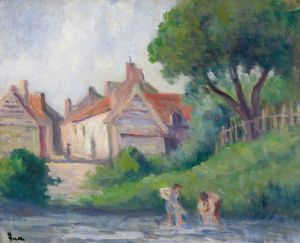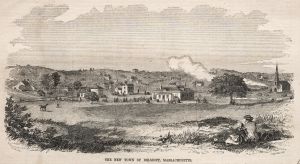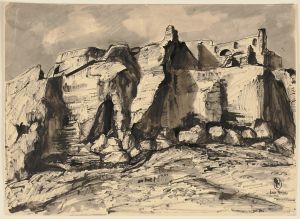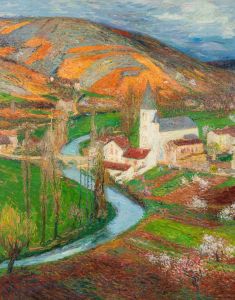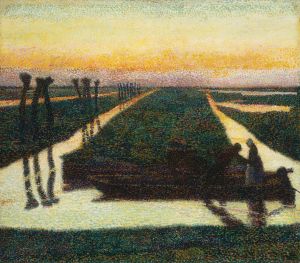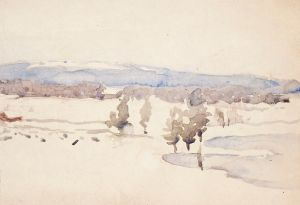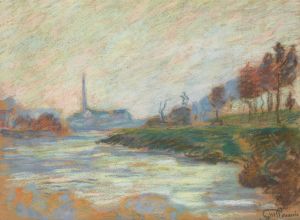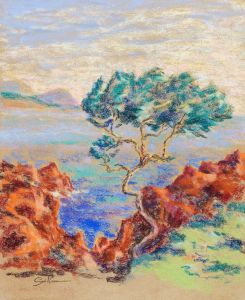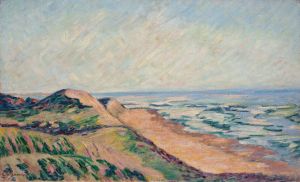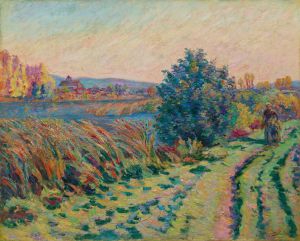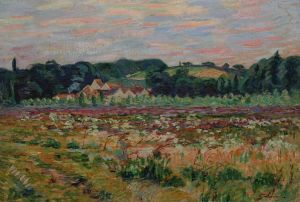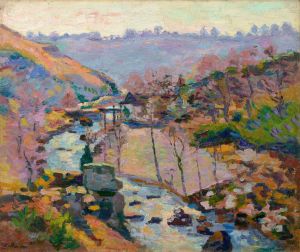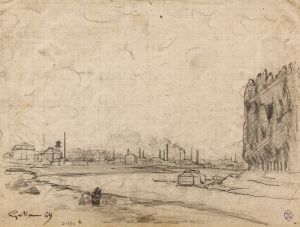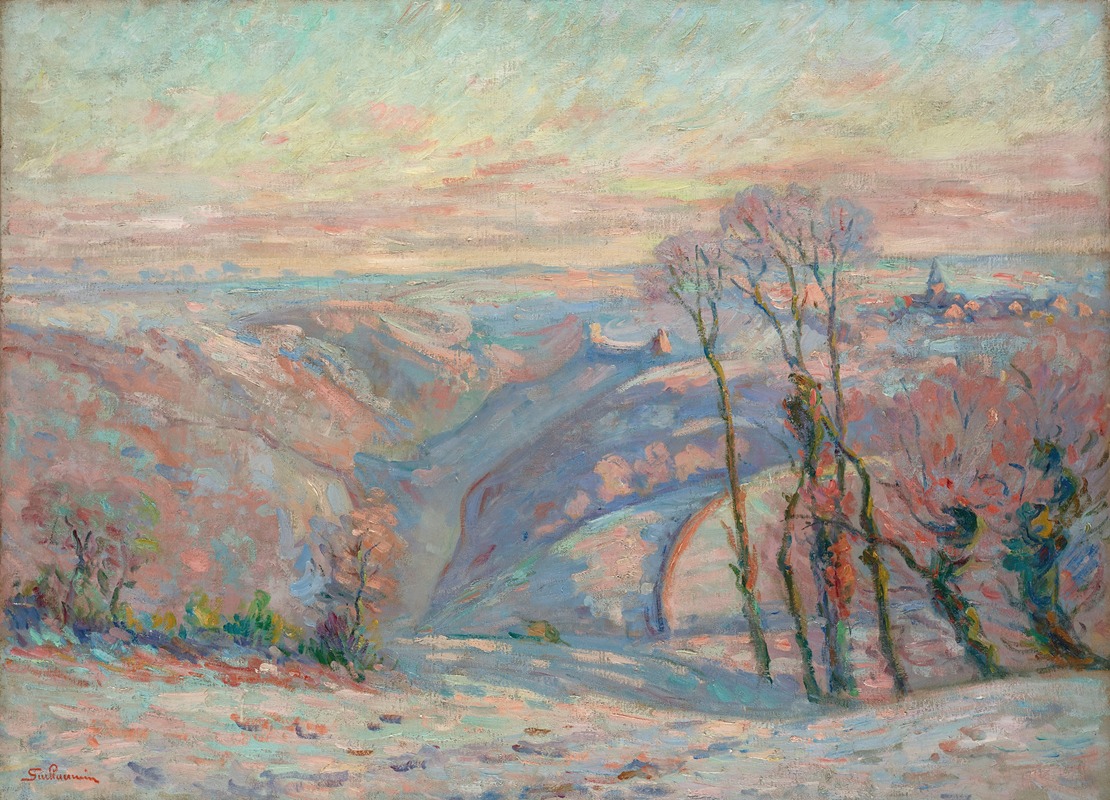
Gelée blanche au village de Crozant
A hand-painted replica of Armand Guillaumin’s masterpiece Gelée blanche au village de Crozant, meticulously crafted by professional artists to capture the true essence of the original. Each piece is created with museum-quality canvas and rare mineral pigments, carefully painted by experienced artists with delicate brushstrokes and rich, layered colors to perfectly recreate the texture of the original artwork. Unlike machine-printed reproductions, this hand-painted version brings the painting to life, infused with the artist’s emotions and skill in every stroke. Whether for personal collection or home decoration, it instantly elevates the artistic atmosphere of any space.
Armand Guillaumin was a French impressionist painter known for his vibrant use of color and his depictions of the French countryside. One of his notable works is "Gelée blanche au village de Crozant," which translates to "White Frost at the Village of Crozant." This painting is a part of Guillaumin's extensive exploration of the Creuse region, particularly the village of Crozant, which became a significant source of inspiration for him.
Guillaumin was born in Paris in 1841 and became associated with the Impressionist movement through his friendships with artists like Camille Pissarro and Paul Cézanne. His work is characterized by its bold color palette and dynamic brushwork, which capture the changing effects of light and atmosphere. "Gelée blanche au village de Crozant" exemplifies these qualities, showcasing Guillaumin's ability to depict the natural world with both intensity and subtlety.
The painting captures a winter scene in Crozant, a village known for its picturesque landscapes and historical ruins. Crozant is located in the Creuse department in central France, an area that attracted many artists due to its dramatic scenery and the quality of light. Guillaumin first visited Crozant in the 1890s and was captivated by its beauty, returning frequently to paint its landscapes.
In "Gelée blanche au village de Crozant," Guillaumin depicts the village under a blanket of frost, a common occurrence in the region during the colder months. The painting illustrates the delicate interplay of light on the frosty ground and the surrounding vegetation. Guillaumin's use of color is particularly striking; he employs a range of whites, blues, and purples to convey the chill of the frost and the quietude of the winter morning. The composition is balanced, with the village structures providing a sense of scale and human presence amidst the natural setting.
Guillaumin's work in Crozant is often noted for its emotional resonance and technical skill. He was adept at capturing the transient effects of weather and light, a hallmark of the Impressionist style. His paintings from this period reflect a deep appreciation for the landscape and an ability to convey its moods and atmospheres.
"Gelée blanche au village de Crozant" is part of a broader body of work that highlights Guillaumin's connection to the Creuse region. His paintings from Crozant and the surrounding areas contributed to the region's reputation as an artists' haven, attracting other painters who sought to capture its unique beauty. Today, Guillaumin's works are celebrated for their contribution to the Impressionist movement and their enduring depiction of the French landscape.
Armand Guillaumin continued to paint until his death in 1927, leaving behind a legacy of vibrant and evocative landscapes. His work remains an important part of the Impressionist canon, and "Gelée blanche au village de Crozant" is a testament to his skill and vision as an artist. The painting is appreciated not only for its aesthetic qualities but also for its ability to transport viewers to a specific time and place, capturing the serene beauty of a frosty morning in rural France.





